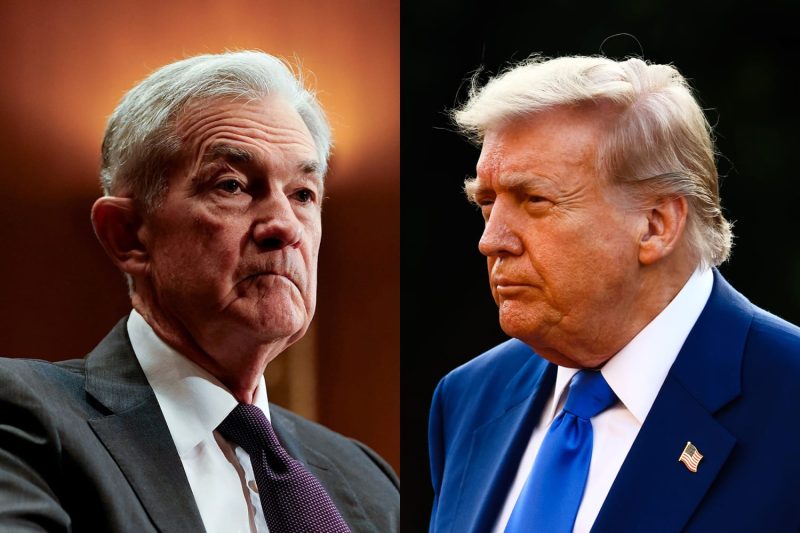
Investing.com — Emerging economies are poised to remain the pivotal drivers of global energy demand, underscoring their critical role in shaping energy markets for the foreseeable future.
Analysts at Wells Fargo (NYSE:WFC) emphasize that while developed nations like the United States continue to consume substantial energy resources, the real momentum in energy demand growth is firmly rooted in emerging markets.
In recent years, nearly all the incremental increases in global petroleum demand have originated from these economies.
For example, in 2023, emerging markets accounted for 94% of the growth in daily petroleum consumption, illustrating their outsized contribution to the global energy landscape.
Countries like China and India lead this surge. China has been a consistent force in energy consumption, while India has nearly doubled its energy use over the past 15 years.
Despite this rapid growth, emerging economies still lag behind developed nations in per capita energy consumption.
This gap signifies not only their potential for continued growth but also the possibility of sustained demand over the coming decades as they strive to match the consumption patterns of high-income countries.
Such trends show the structural shift in global energy demand, where emerging markets are not merely catching up but are reshaping the contours of energy consumption.
Wells Fargo analysts note that this trajectory is unlikely to wane soon, as millions in these economies seek to elevate their living standards, which correlates directly with higher energy usage.
This steady rise underscores the long-term prospects for energy producers and markets to focus on these burgeoning economies as the primary hubs of future demand.
As emerging markets continue to drive this transformation, the global energy sector must adapt to meet their specific needs and consumption patterns.
This shift has far-reaching implications for energy investments, infrastructure development, and geopolitical dynamics, ensuring that emerging economies will remain central to discussions about energy demand and sustainability for decades to come.




























